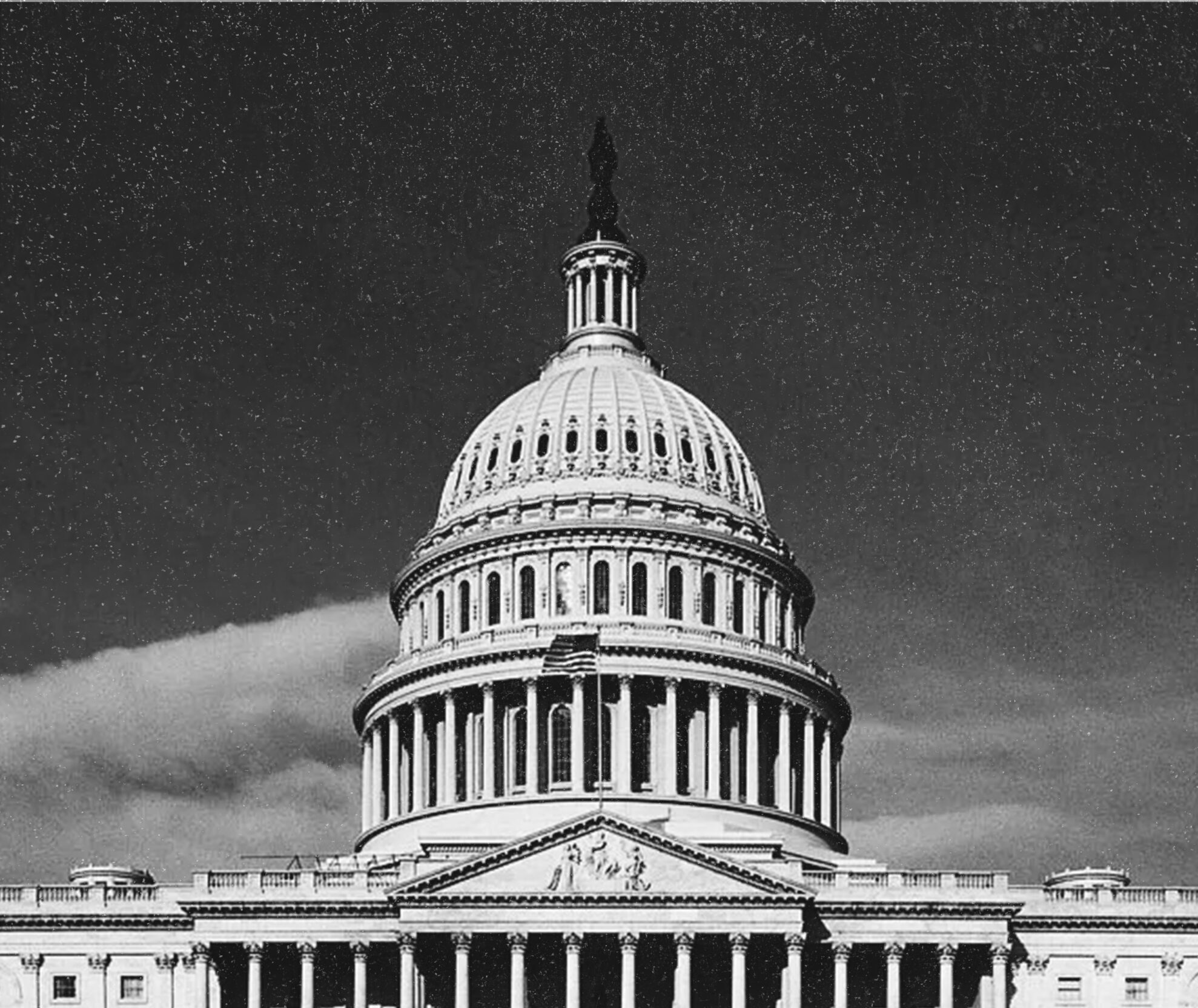
Despite common assertions to the contrary, government spending does not necessarily cause inflation. Whether it does so depends on the willingness of the monetary authority to help finance the government spending by printing money.
Inflationary finance, or seigniorage, can be an appealing source of revenue to government officials. Relative to other types of taxes, it is easy to collect and difficult to avoid, it can be implemented quickly, and its effects are not apparent to most people. Fortunately, the principles of inflationary finance are easy to understand.
To begin, we must distinguish between two factors determining the tax revenue a particular tax generates. The first is the tax rate. The second is the tax base—the amount of the asset being taxed. While the taxing authority sets the tax rate, those subject to the tax ultimately determine the size of the tax base via their choices about how much of the taxed asset to hold. This choice depends, in part, on the tax rate.
In the context of inflationary finance, the tax rate is the inflation rate set by the monetary authority, which chooses the growth rate of the money supply; the tax base is the amount of real (inflation-adjusted) cash balances people hold. To understand the link between the inflationary tax base and the tax rate, we need to understand how the demand for money responds to changes in the inflation rate.
An essential determinant of the demand for money is the fraction of wealth people desire to hold in cash balances. This fraction depends on the relative attractiveness of holding wealth in the form of cash balances versus other assets like bonds. While bonds pay an explicit return, money does not. Instead, the yield on money consists of the liquidity services it provides. As the yield on other assets like bonds increases, the relative price of those liquidity services — measured as foregone interest income — increases.
The yields on financial assets, like bonds, tend to increase with inflation, a phenomenon that economists call the Fisher effect. If you expect prices to be two percent higher one year from now, you will demand an additional two-percent return on your investment to compensate you for the lost purchasing power. Thus, as the inflation rate increases, so too will nominal interest rates. The higher nominal interest rate encourages people to hold a bigger share of their wealth in interest-earning financial assets and, correspondingly, hold a smaller share of their income in cash. In other words, the quantity of liquidity services they purchase decreases as inflation increases.
While the monetary authority sets the tax rate on cash balances by controlling the money supply, the public decides the amount of cash balances to hold. Since higher inflation raises the relative price of the liquidity services a unit of cash balances provides (by pushing the yield on other assets higher) people hold fewer cash balances. Hence, there is an inverse relationship between the tax rate on cash balances — that is, the inflation rate — and the amount of cash balances people hold.
As the monetary authority increases the inflation rate, the quantity of cash balances that people hold declines. The additional revenue generated by increasing the inflation rate decreases, and may even turn negative at sufficiently high inflation rates. In other words, there is a limit to how much revenue the monetary authority can generate without causing runaway inflation.
Suppose a government runs a budget deficit so large that it can no longer raise revenue by increasing taxes nor by issuing bonds. In this case, government officials must turn to inflationary finance to cover the deficit. As a result, inflation will increase as the monetary authority prints the money necessary to finance the government’s budget deficit. So long as the deficit is less than the maximum amount of seigniorage that can be collected given the public’s demand for money, the government’s reliance on inflationary finance will not result in runaway inflation.
In extreme cases, however, a government’s budget deficit may be so large that it exceeds the maximum seigniorage generated from inflationary finance. In this case, inflation will increase without limit, as the monetary authority will have no choice but to print money at an accelerating rate, which — in the absence of fiscal reforms — will result in hyperinflation. Unsustainable fiscal paths are often the underlying cause of runaway inflation.
Fortunately, such cases are rare. In most developed countries, seigniorage constitutes a small fraction of total tax revenue. Such countries typically rely on broad-based taxes (sales taxes, income taxes, property taxes, etc.) instead of inflationary finance. The reason they do so is straightforward. While all taxes involve costs, the costs associated with inflationary finance increase faster than those from other forms of taxation. If people hold fewer cash balances, fewer transactions occur, which reduces the gains from trade. Relying on more traditional forms of taxation typically reduces the overall harm that taxes cause.
Nonetheless, as long as central banks remain willing to help governments pay their bills, even countries with relatively efficient tax systems will rely on inflationary finance to a certain extent. Indeed, providing revenue to the state is one of the reasons (and, perhaps the primary reason) governments worldwide monopolize the issuance of high-powered money.




